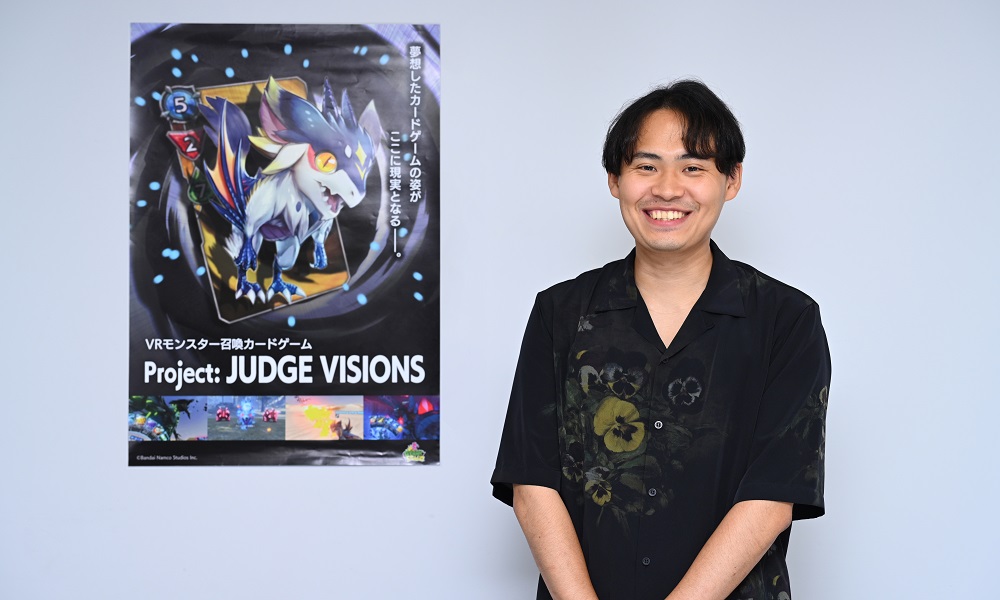
Project: JUDGE VISIONS is a free VR card game released on July 19, 2024.
The game started as a Startup Challenge*, an internal project within Bandai Namco Studios, and development began with a junior employee chosen out of the blue to lead development.
We’d like to discuss the making of this game, adored by card gamers and called the “game of their dreams”.
*Startup Challenge: An internal project where a chosen junior employee is appointed lead to develop a game within the given time and budget. This person is called the “hero”, and the project aims to train employees to obtain experience creating something from zero using their own imagination.
About the Game
The card game you dreamed of is now a reality.
Project: JUDGE VISIONS -VR Monster-Summoning Card Game
Draw cards and play them from your hand dynamically.
Activate summon cards to summon life-sized monsters at your side.
Play your cards and monsters to your advantage to create combos and pave your way to victory!
Defeat all enemies to obtain new cards.
Build your card deck and fight your way through a total of 3 levels with your monster companions.
Unleash your card-game instincts with intense monsters and adrenaline-fueling card battles!
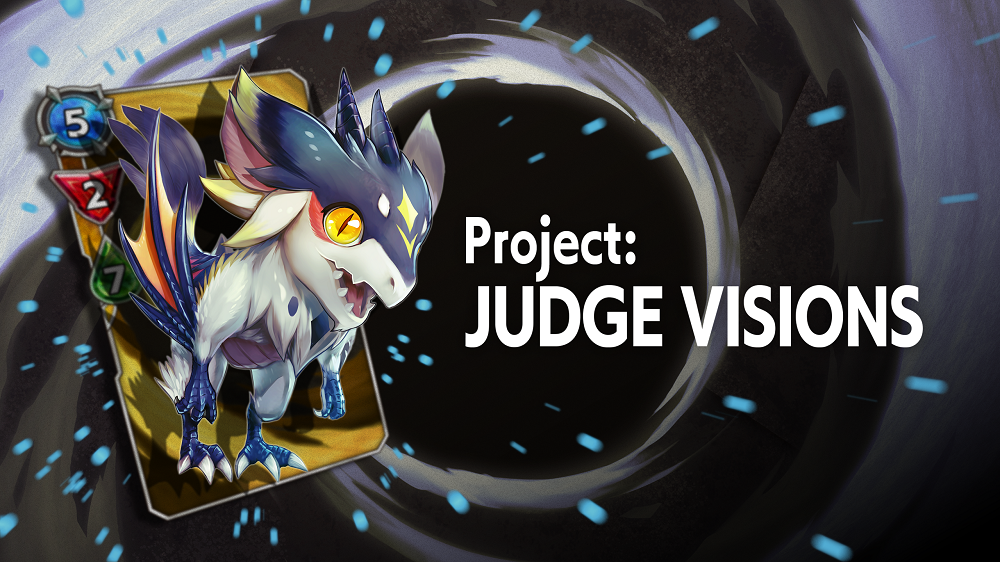
Click here for the Project: JUDGE VISIONS Meta store page
Developer Profile
Yuta Takagi, Game Designer
Joined Bandai Namco Studios in 2019 as a new graduate. After working on the development and liveops of Drift Spirits, he became the Producer and Director of Project: JUDGE VISIONS as project planner.
“You’ve Been Appointed as a Hero!” a Sudden Message from President Uchiyama
―I’d like to talk about the making of Project: JUDGE VISIONS today. Takagi-san, you were appointed a “hero” of Bandai Namco Studios’ internal Startup Challenge project. Tell us how you felt when you heard the news.
Takagi: I had heard about the Startup Challenge, but was surprised since I never expected to be chosen.
One day, out of the blue, my manager told me there was something he needed to talk about, and a meeting was set up.
They didn’t tell me anything, and when I entered the meeting room, President Uchiyama was inside and said, “You’ve been appointed as a hero!”
―That really is out of the blue! How did you react?
Takagi: I think my reaction was that I was eager to do take on the challenge.
I was just happy at the fact that they saw me as someone who could be trusted with the role of Director and Producer.
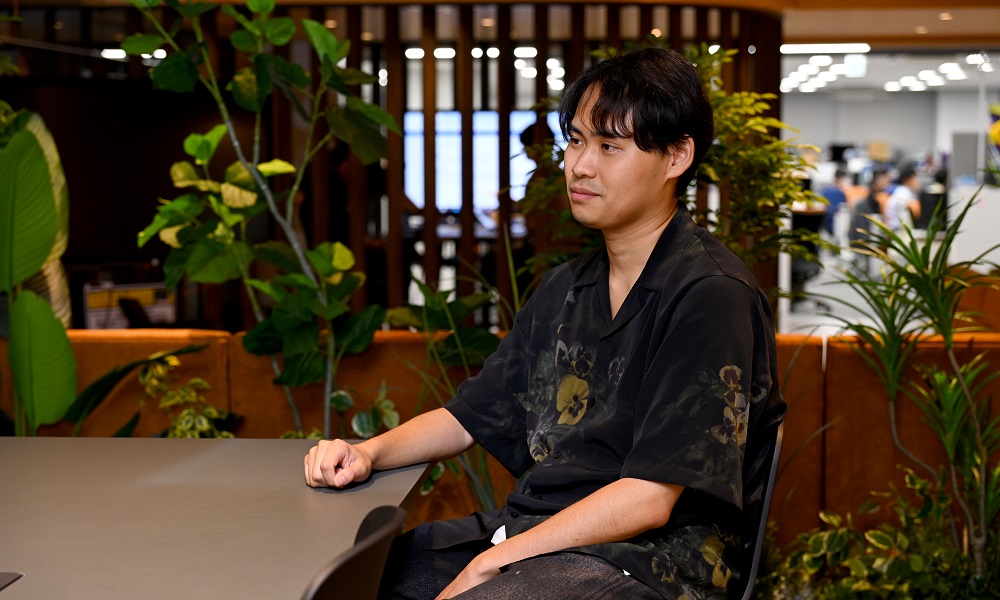
Experiencing The Astounding Evolution of VR Games
―So you were suddenly appointed hero and started making a new game. Why did you choose VR game development?
Takagi: After being appointed hero, we started by having weekly “hero meetings” where I would casually discuss what I would make with my manager.
Then, I invited other people in the company who were interested in what I was doing.
By talking to a number of people, I had a chance to meet someone who liked playing VR games.
My only experience with VR games was back in 2016, with the initial launch of PlayStation VR, so it had been a while since I last played a VR game.
I then thought it would be beneficial to get an idea of what current VR games are like, so I bought a Meta Quest 2, the latest headset available at the time.
I tried it out and it was super fun! Being wireless and no-fuss, all I had to do was put the headset on.
It was a new experience for me to be able to play while having the freedom to walk around the house.
The games themselves also felt novel, VR had evolved into something pretty fun as a toy.
So I thought that making something on VR was a good idea, and I focused the project into a VR game.
Difficulties Choosing a Theme: A __ VR Game
―What other ideas came up when you were planning out your VR game?
Takagi: One of the VR games I played and thought was interesting had everything rendered at a realistic scale.
What I mean is, in VR, you can have monsters look life-sized. With other media, whatever you make is limited to how large your monitor is.
But with a VR game, the game world opens up in front of your eyes when you put the headset on, so things like chairs and tables, everything in the game appears the same size as in real life.
You can create things to real scale, so there’s an immersion, presence, and atmosphere that’s only possible with VR.
I would need to leverage these strengths if I were to plan a VR title.
The first proposal I made was to have the player transform and become a giant to fight big kaiju.
We decided to make something else since there were various issues with that… (laughs)
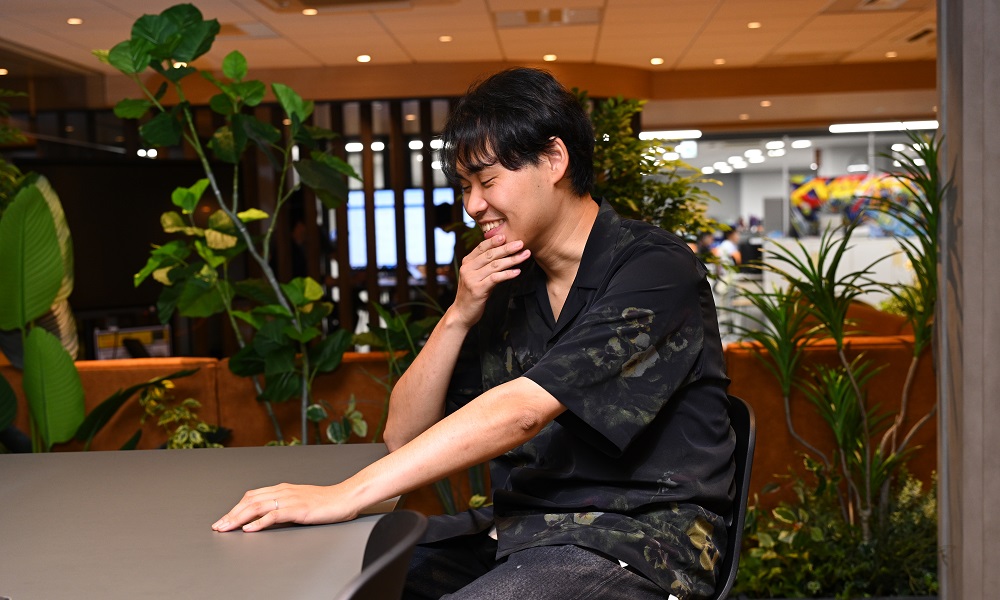
―So that’s how the project started! Tell us how you ultimately ended up with a card game as Project: JUDGE VISIONS’ overarching theme?
Takagi: During the hero meetings, we actually talked about how it would be nice if there was a VR game you could play while sitting down.
Since VR headsets are wireless, most games are ones where you move about the room.
Of course, those games are fun, but also tiring. It’s pretty tough to play those games for long periods of time.
Then we asked ourselves, what was a game we could play while sitting? And the answer that came to us was card games.
―A card game you play sitting down sounds like a pretty relaxing affair, so how did that turn into the monster summoning card battler we see in Project: JUDGE VISIONS?
Takagi: I mentioned this earlier, but when I was thinking about the giant kaiju idea, I wanted to experience the presence and atmosphere of looking up at a gigantic kaiju from below.
Even after we gave up on the idea, I still wanted to create something that would provide the same experience.
When we started thinking about a card game, I realized that if the monsters summoned from the cards became life-sized like in card battler anime, I could look up at the monsters!
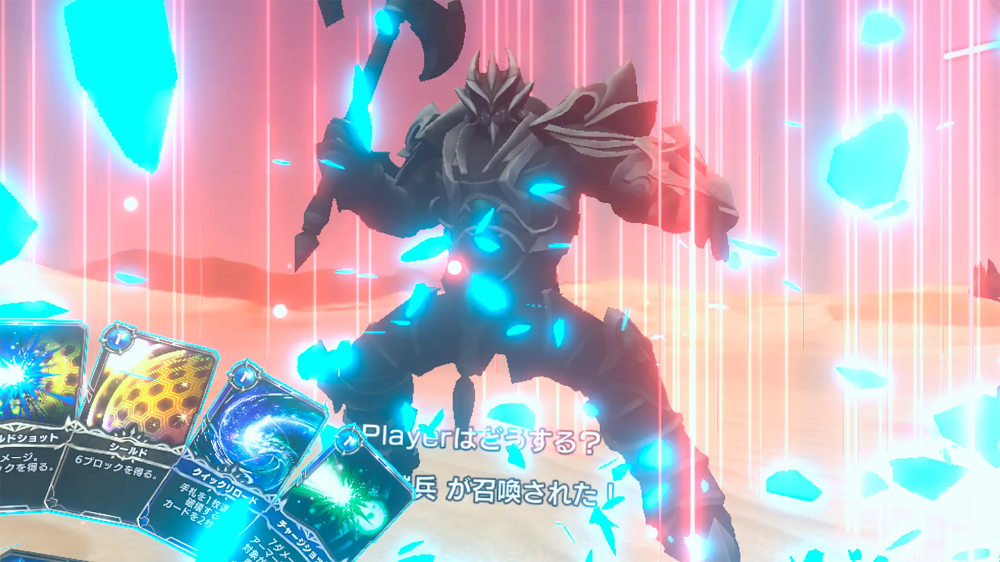
―You combined what you wanted to make with the card game genre!
Takagi: Yes! I played with a number of ideas and ended up with what you see here. By talking to many people and getting hints here and there, I was able to match the ideas with what I wanted to make.
It wasn’t the most simple way of doing things, but I learned the importance of bouncing ideas off of other people.
Realizing the Dream of First-Gen Card Gamers
Takagi: A major reason why I wanted to go with this particular idea was because I could clearly see the target audience who would play this game.
My generation was the one where many card games had their start. I was in elementary school at the time.
The classmates at my school were all enthralled by these games. You can say we were the first generation of card gamers.
So I thought that there would be many of us, now in our 20s and 30s, who had the same dream as I did for card battles.
That’s why I chose this particular theme, because I thought I could create a game that fulfilled the dreams of people from my generation.
Luckily, my hunch was correct, and many people said it was the “game of their dreams” when it was announced.
―Sounds like many people had the same dream as you.
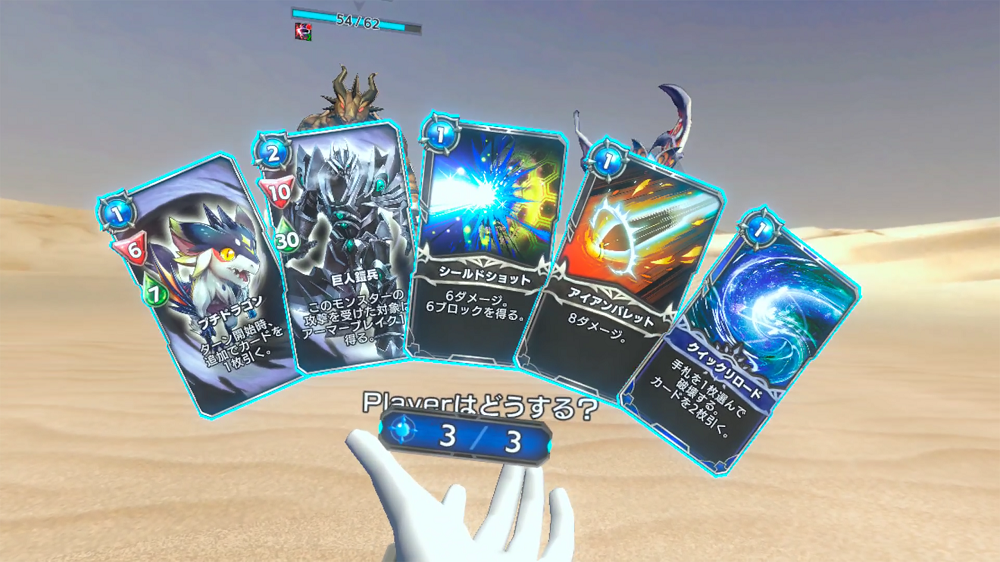
A Development Team Without Animators or Environment Artists: The Difficulties of Staffing
―After deciding on a theme for Project: JUDGE VISIONS, what issues did you run into as you made the game?
Takagi: The most people we had on the team at one time was 10 people. The least was when it was just me and three other engineers.
The hardest part was making progress with a limited team size.
It was also my first time as producer, so I didn’t know anything about proper staffing. I made tons of mistakes. (Laughs)
Looking back, we didn’t have people in roles we definitely needed… animators, environment artists, etc.
But we had a restricted budget that couldn’t be increased. So I felt that we needed to make do with the team’s current resources.
Everyone on the team probably had a chance to try something new.
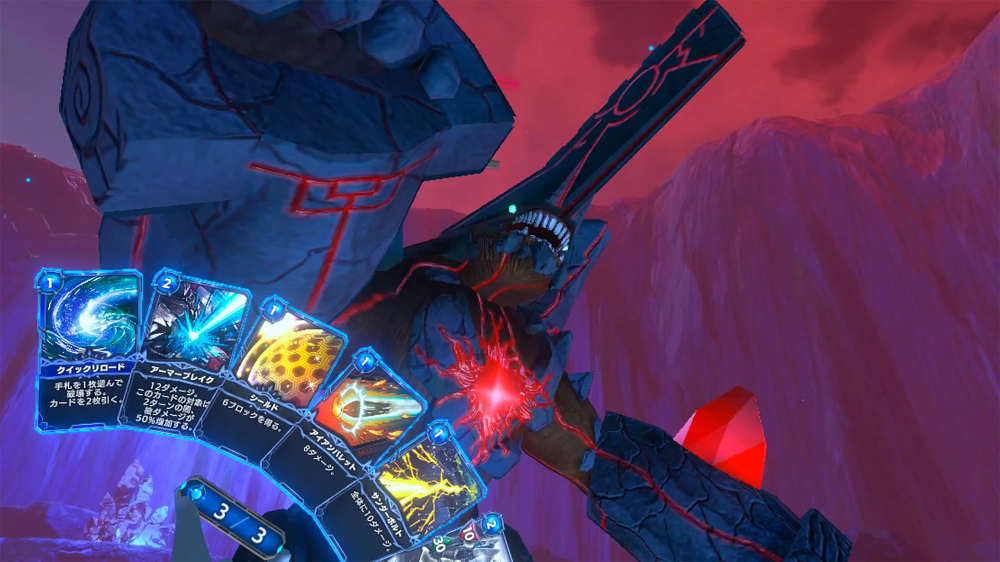
―Truly a part of the Startup Challenge, since development is limited in both time and budget.
Most Team Members Had Never Played VR Games
Takagi: Also, there are very few VR games developed in Japan.
This also applied to the team of developers on Project: JUDGE VISIONS. Nobody had any experience developing a VR game, including me.
Some of us had never even played a VR game before.
In VR games, everything from UI and beyond are different than games on other platforms, so a lot of effort went into building a common understanding within the team. We had many conversations.
I also had zero experience as a producer or a director, so we had to take a trial-and-error approach.
We had to develop our game without any guidance on best practices, so I’m sure I put the other team members through a lot.
A lot of mistakes were made, but we were able to make this game thanks to the support of many people!
Time for an Exhibition! Different Perspectives Gained from Player Feedback
―You exhibited the game you worked so hard on at events like TOKYO INDIE GAMES SUMMIT 2024. How did the people who played your game respond?
Takagi: Very well.
We had a questionnaire for the players, and most of them were in their 20s and 30s, exactly what we predicted.
I was overjoyed that they said it was the game of their dreams.
Almost everyone had a positive reaction to the game.
Honestly, there were things during development that didn’t go well, and I wasn’t sure if the game they played represented the main concept well enough.
My worries were put at ease when I saw people enjoy the game.
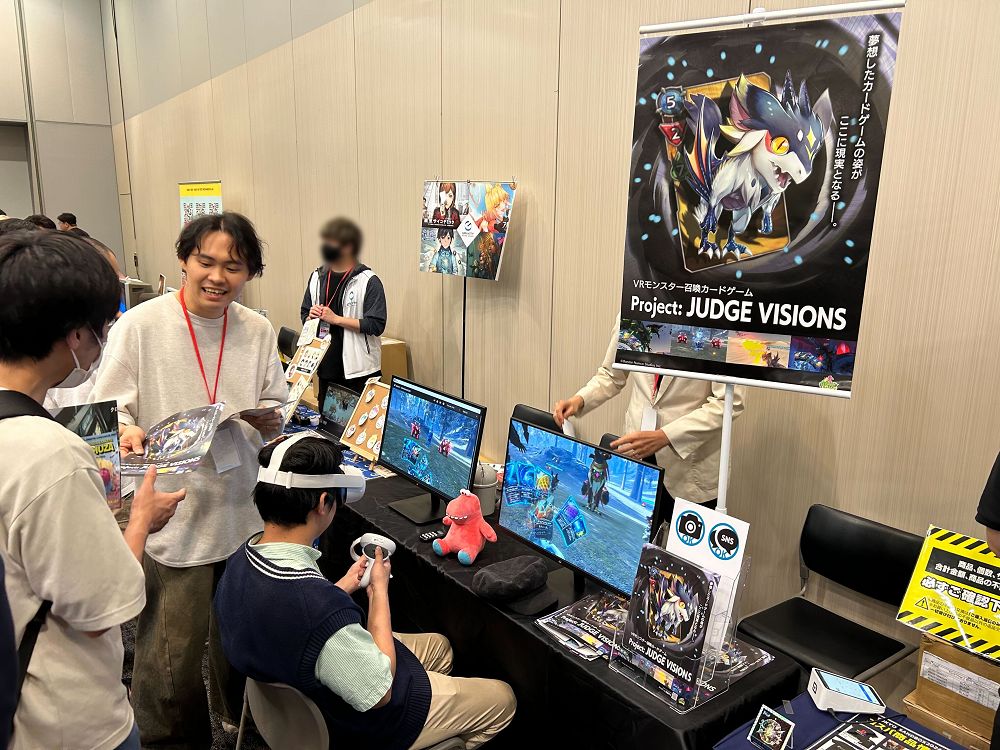
―It looks like your passion reached them! Did seeing player responses for the first time make you realize any issues?
Takagi: Of course. I made Project: JUDGE VISIONS with the concept of fighting with life-sized monsters. To me, that was the focal point of the game, but I noticed players were more overjoyed about feeling like they were the protagonists of a card battle anime.
The perspectives with which we saw the game were a little different.
If, in the future, the game gets a full release, I’d like to not only focus on the monsters, but player gestures and other elements that make you feel more immersed in the “card battle protagonist” fantasy.
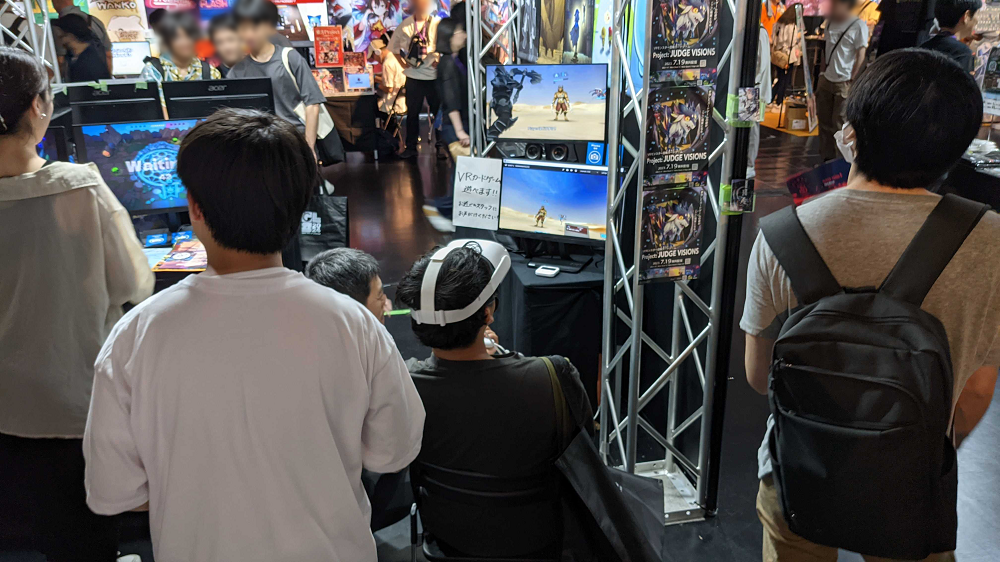
Difficult Rules Were Avoided
―What other things did you pour significant effort into when making Project: JUDGE VISIONS?
Takagi: Actually, we had a direction for the rules of our card game.
Since there aren’t that many VR card games to begin with, the controls, camera design, UI, and other elements will be new and unfamiliar (to the player).
So if we made the card game rules innovative, it would really limit the people who would play our game. That’s why we chose to have more orthodox rules.
We didn’t have levels or monster elements, and only selected rules that could be intuitively understood.
Of course, it’d be nice for the game to be strategically deep as well, but even more important was the experience of scale when summoning monsters or becoming the protagonist. That’s why we decided to not do anything complex.
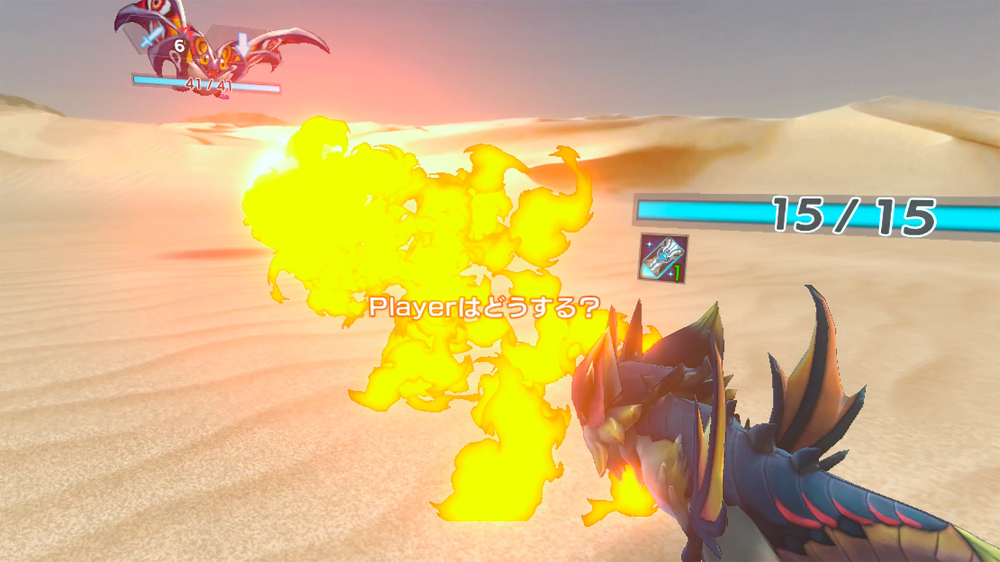
―Lastly, please leave a message for everyone reading this article!
Takagi: Project: JUDGE VISIONS appeals not only to card game players, but is immersive even for grownups who no longer play them.
It would be great if lots of people played the game.
Your comments and requests for the game are also welcome, let us know on X (formerly Twitter)!
Those wishing for a full release can show their support by making their voices heard.
If there is enough support, a full release may be possible!
More than anything, I’m just happy that people could make their dreams a reality through Project: JUDGE VISIONS!
―Thank you!
Click here for the Project: JUDGE VISIONS store page

GYAAR Studio X: https://x.com/gyaar_studio
Project: JUDGE VISIONS YouTube channel: https://www.youtube.com/@ProjectJUDGEVISIONS
©Bandai Namco Studios Inc. Published by ADOOR Inc.




